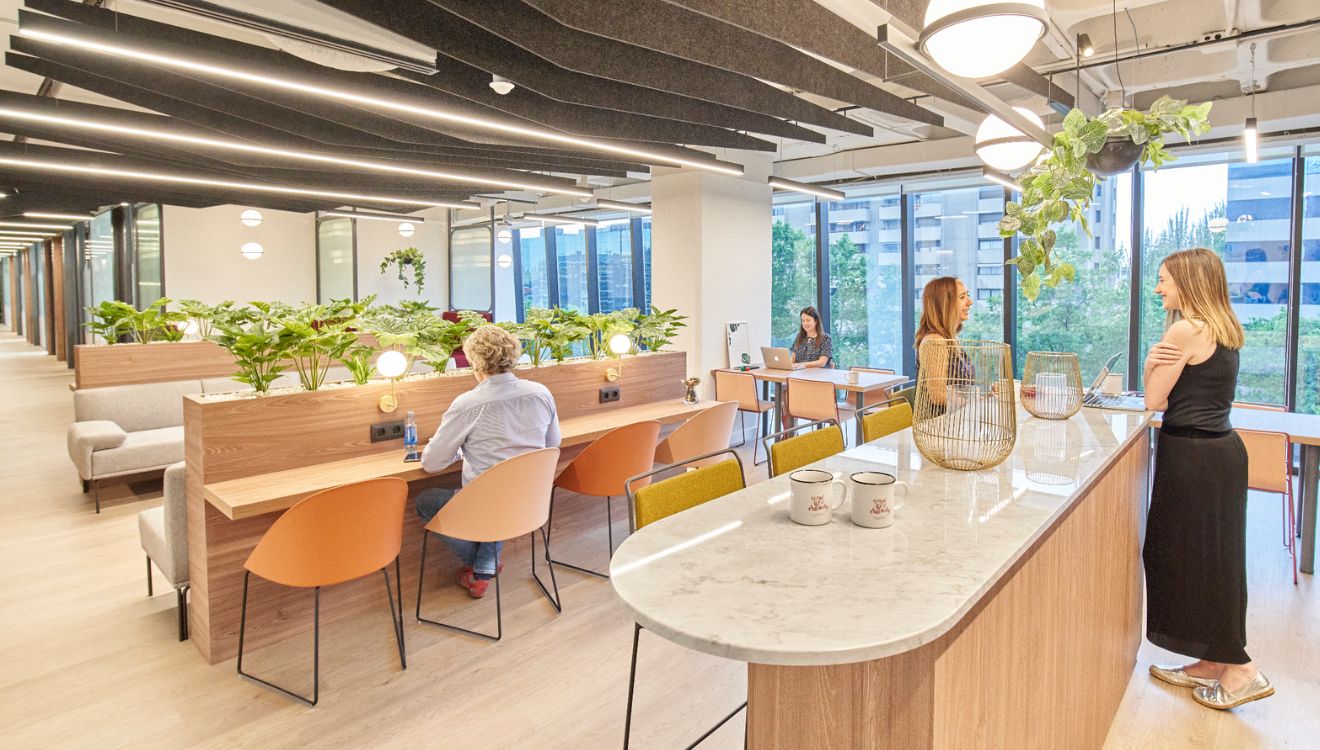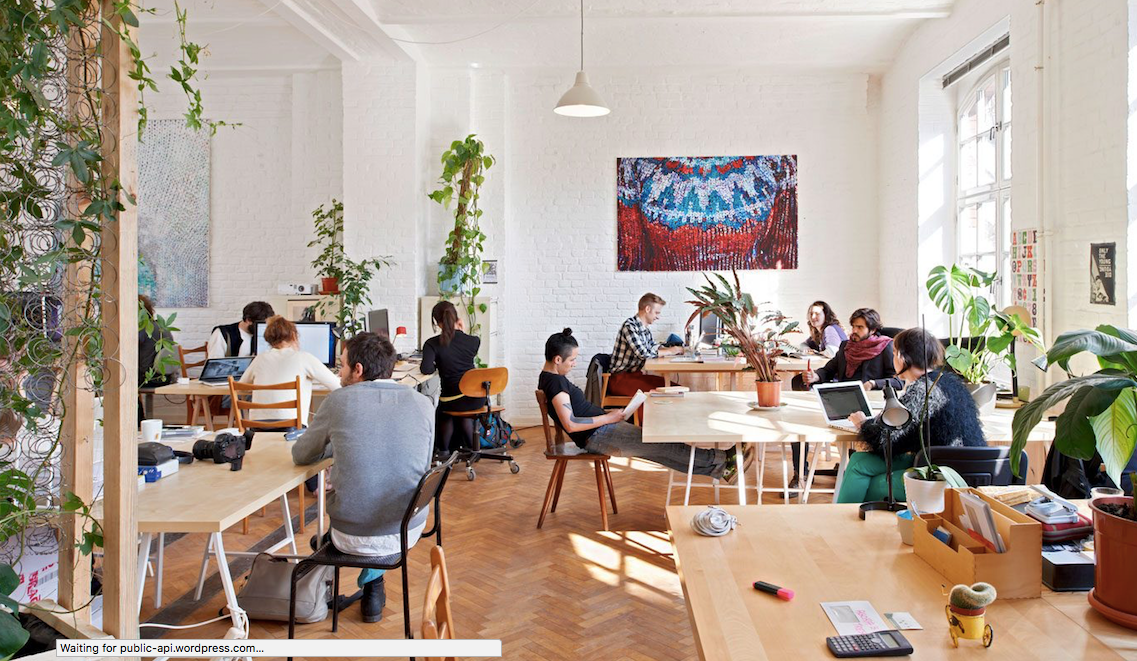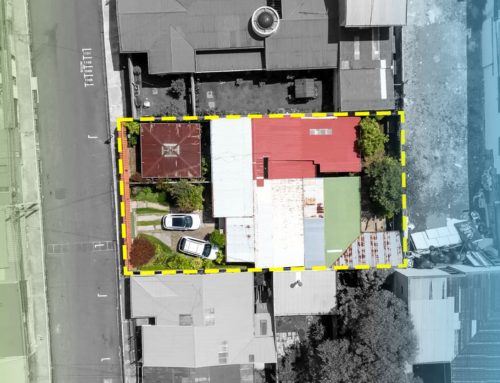In a world where work flexibility and technology set the pace, coworking is no longer a passing fad, but a key element of commercial real estate. As a professional in the industry, you have probably already noticed how the dynamics of work have changed, and with them, the demands on workspaces.
An evolution in workforce needs
The rise of telecommuting and hybrid models has reduced the need for large traditional offices. However, this does not mean that the need for workspace has disappeared. Quite the contrary. More and more companies and freelancers are looking for spaces that offer the comforts of home, but with the structure and professionalism of an office. This is where coworking offers key advantages:
- Flexibility: Shorter contracts that can be adapted to your changing needs.
- Shared infrastructure: High-speed connectivity, equipped conference rooms, and more.
- Community and networking: Environments designed to foster collaboration and create opportunities.

How will this affect commercial real estate?
This change in the way we work has a direct impact on the development, use and management of commercial real estate. As an investor, developer or owner, you may want to consider
- Redesigning spaces: Many commercial buildings are being retrofitted with open floor plans, common areas and amenities such as coffee shops or fitness centers.
- Strategic locations: Although coworking is concentrated in urban areas, it is increasingly present in suburban areas, providing nearby options for those who work from home.
- Profitability: Although income may vary, coworking can attract multiple tenants and reduce the risk of vacancy.

What’s next: Trends shaping the future
As the market matures, coworking is evolving into more specialized and technological models. Some of the key trends to keep on your radar are
- Specialized spaces: Coworkings designed for industries such as technology, design, healthcare or education.
- Sustainability: Green and energy-efficient buildings that respond to growing environmental awareness.
- Automation and data intelligence: Mobile apps for reserving space, automated access systems, and usage analytics for better decision making.

A permanent change
Coworking is redefining not only how people work, but also how real estate assets are developed and managed. Commercial real estate players that understand and adapt to this shift will be better positioned to capitalize on new market opportunities.

The data that supports this transformation
To gauge the growth of this phenomenon, consider the following figures:
- Global market value: In 2023, coworking reached $29.7 billion and is projected to reach $73.5 billion by 2032.
- Available space: There are currently more than 40,000 coworking spaces around the world.
- Impact in Latin America: The regional market is expected to grow from $1.66 billion in 2024 to $1.91 billion in 2029, with a compound annual growth rate of more than 10.64%.
- Users: More than 3 million people already work in coworking spaces, reflecting a clear trend towards collaborative and flexible coworking.Data supporting this transformation
Coworking is not a passing trend; it is the answer to a new way of living and working. For you, whether you are an investor, entrepreneur or developer, it represents a concrete opportunity to adapt to new market demands. Those who integrate this model into their real estate strategies will be better prepared to compete and stand out in an increasingly dynamic and connected environment.
At Nativu, we understand this evolution and can help you find properties that meet your needs for flexible, modern and profitable space. Whether you are looking to invest, redevelop a property, or open your next coworking space, we are here to guide you every step of the way.








